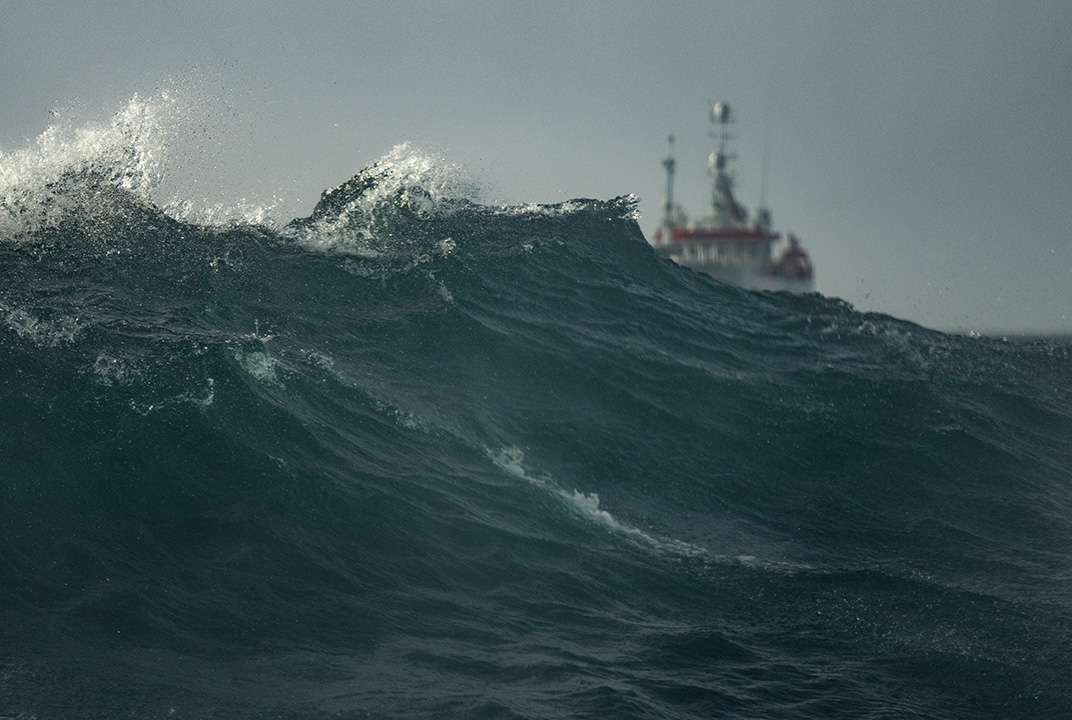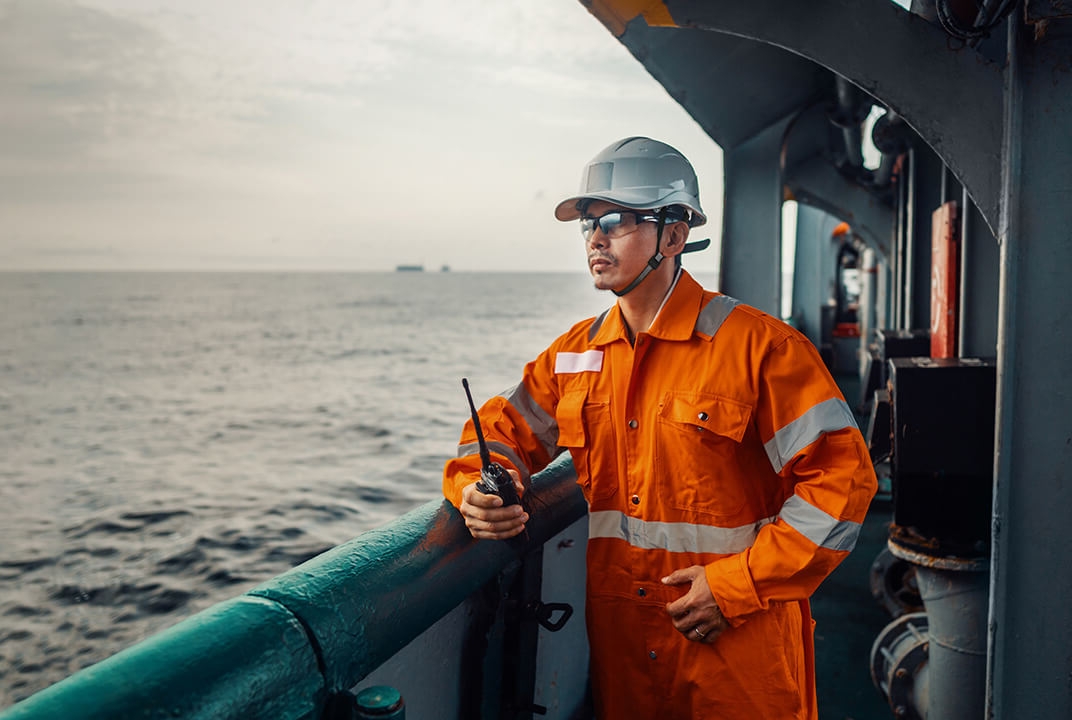Insight | Inmarsat maritime safety in action
Inmarsat maritime safety in action
null
Seconds count in an emergency. If you’re trapped in a burning building or involved in a car crash you know dialling 999 will get help to you, fast. But what if that fire or collision happens when you are thousands of miles out at sea?
Fortunately, since the inception of the Global Maritime Distress and Safety System (GMDSS) in 1992, seafarers have had their own emergency service. Using Inmarsat satellites and terrestrial technology, the GMDSS ensures that vessels in peril can always get through to a Maritime Rescue Coordination Centre (MRCC) so a Search and Rescue (SAR) operation can be launched. Critically, the system also prevents incidents happening in the first place, by supporting the transmission of Maritime Safety Information (MSI) like warnings of navigational hazards and approaching storms.
Under the Safety of Life at Sea (SOLAS) convention, cargo ships of 300GRT and upwards and passenger ships on international voyages must have GMDSS compliant satellite equipment installed – Inmarsat C, Mini C and Fleet 77 are the only GMDSS satellite services approved by the IMO and also exceed the minimum 99.9% availability required. The IMO is currently considering the formal approval of Inmarsat FleetBroadband and Fleet One for GMDSS use as well.
Highest priority
All a ship’s master needs to do to seek rescue in an emergency is press and hold the Dedicated Distress Button (DDB) on the satellite terminal for four seconds. This will cause an undesignated distress alert with the vessel’s details and position to be transmitted. The alert travels via one of our satellites to the Land Earth Station the vessel is logged into and direct to the MRCC associated with it.
Distress alerts – both ship-to-shore and shore-to-ship – have the highest priority over all other traffic on our network, which means any non-distress connection will be superseded in order to ensure they get through immediately.
If time permits, the master can choose to add extra information, such as the nature of the emergency, before sending the alert.
Once they receive the distress alert, the MRCC will respond to check it’s not a false alarm. When they receive confirmation, or if they get no further response, they trigger SAR operations, including sending a distress alert relay to other vessels in the area which may well be able to reach the stricken ship quicker than the coastguard. Help is on its way.
Supporting rescue efforts
Although our role in the GMDSS begins and ends with providing the approved satellite system, we take our responsibility further. Our Network Operations Centre team receives notification of all distress alerts and they monitor the MRCC response to ensure they are being actioned. If for any reason the alert has not been answered, a team member will call the nearest MRCC to request urgent assistance.
I, along with the rest of the dedicated Maritime Safety team, frequently get involved too. We quite regularly receive calls from desperate families when they fear someone using one of our services is lost at sea. We’ll do everything in our power to track them and support rescue efforts.
We have also invested fully in our safety services to gain from advancements in digital technology. We have spent four years developing a Maritime Safety Terminal which improves communication between a vessel in distress and the MRCCs, with a host of new data functions that are quick and simple to use.
Having worked closely with MRCCs and Maritime Safety Information Providers (MSIPs), we have upgraded our MSI broadcast service to the new generation, web-based SafetyNET II – a critical step in the ongoing modernisation of the GMDSS.
To aid SAR, we have developed RescueNET, a free service for MRCCs, which offers advanced capabilities such as vessel and MRCC look-up and Distress Chat – a group messaging service with full priority on our network.
Safety is fundamental to Inmarsat. Come what may, we will always be there for seafarers in danger and those who risk their own lives to rescue them.


